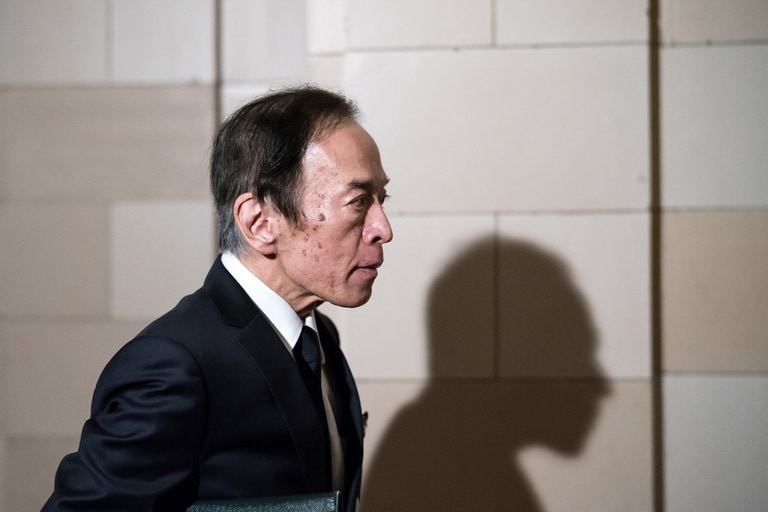By Philipp Pfitzenmaier
Beginning traders like to think that trading is all about charts and setups. And while they are an important part of a trading strategy, their significance is dwarfed by risk and money management, and trading psychology. A key part of the latter is how we react to the inevitable losses that can occur, which ultimately are just part of the business of trading.
Context is crucial
Let’s try a small experiment. Imagine a nice evening out with friends. You are having a great time, the mood is high and everybody is having fun. After you crack a joke, one of your friends stutters between her laughter “you are such a fool.” And the party continues.
Let’s consider a different situation now: you are in your job and your boss bursts in to your office red-faced, angry and yells “you are such a fool!”
The chances are that your reaction in both situations will be fundamentally different. While the party scenario can be perceived positively, as praise, your reaction in the second scenario could probably have made you angry.
This example helps us to recognize an important fact - it is not the words, but how we interpret them and how we decide to react to them. When it comes to trading, our reactions to neutral facts are our decision - we are in control and can actively decide how we will respond. This is a powerful position to be in, because now we can craft our responses and make the most of the facts that lie before us.
Learning from facts
In the course of our trading, typically we will have losing trades. But as we have seen, it is our choice if we let our emotions cloud our clarity on decision-making and react like the typical beginner (“oh come on, the market is just terrible”). The alternative response could be: “I know that the outcome of any one trade is random. With my strategy, I should have stacked the odds in my favour. But did I really execute my strategy flawlessly? Let’s do a review.”
Which of those two approaches will lead to a better trading mindset?
Tony Robbins has been quoted as saying: “It is not about knowing what to do, but rather doing what you know.”
But doing what we know is often not easy. For this reason, it can be crucial to have circuit breakers in place. Those circuit breakers are usually personal and only you can decide what will work for you. The idea is ensure you stop trading when you are likely to be in a tough spot from a psychological perspective.
Establishing trading guidelines that set out your risk parameters of how many losing trades per day/week or month could prompt you to stop trading and review your positions and strategy.
The main idea is to remove yourself from a stressful environment and learn from your mistakes. That it could give you breathing space to clear and calm your mind, so that you are at your best when you get back into the market.
Keep in mind that trading is a business of probabilities. It is often a mistake to perceive the market as hostile when in fact it is entirely neutral. There is no bad news - you can control your own future success by ensuring that you don’t over-react to negative trading results.
Disclaimer: CMC Markets Singapore may provide or make available research analysis or reports prepared or issued by entities within the CMC Markets group of companies, located and regulated under the laws in a foreign jurisdictions, in accordance with regulation 32C of the Financial Advisers Regulations. Where such information is issued or promulgated to a person who is not an accredited investor, expert investor or institutional investor, CMC Markets Singapore accepts legal responsibility for the contents of the analysis or report, to the extent required by law. Recipients of such information who are resident in Singapore may contact CMC Markets Singapore on 1800 559 6000 for any matters arising from or in connection with the information.








